Biomass – Population weight
Biomass is the total mass (weight) of an organism multiplied by the number (population size) of that organism in a trophic level.
This is easy to remember if you break the word up:
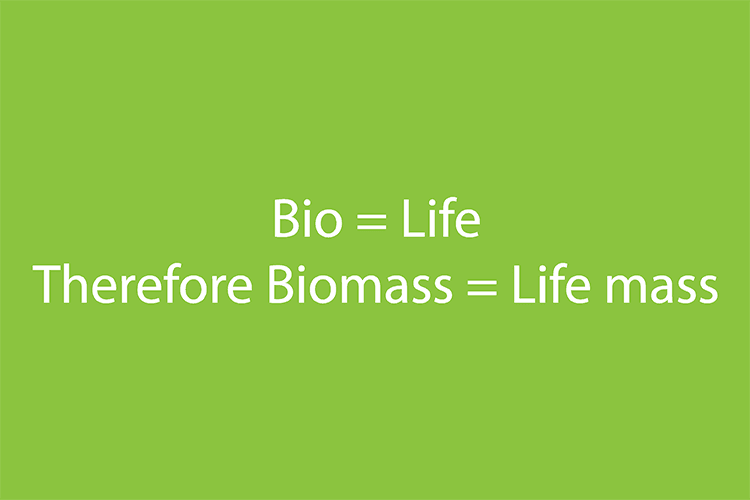
NOTE:
Pyramids of biomass are usually triangular just like a pyramid of energy. However, when looking at marine ecosystems there may be exceptions.
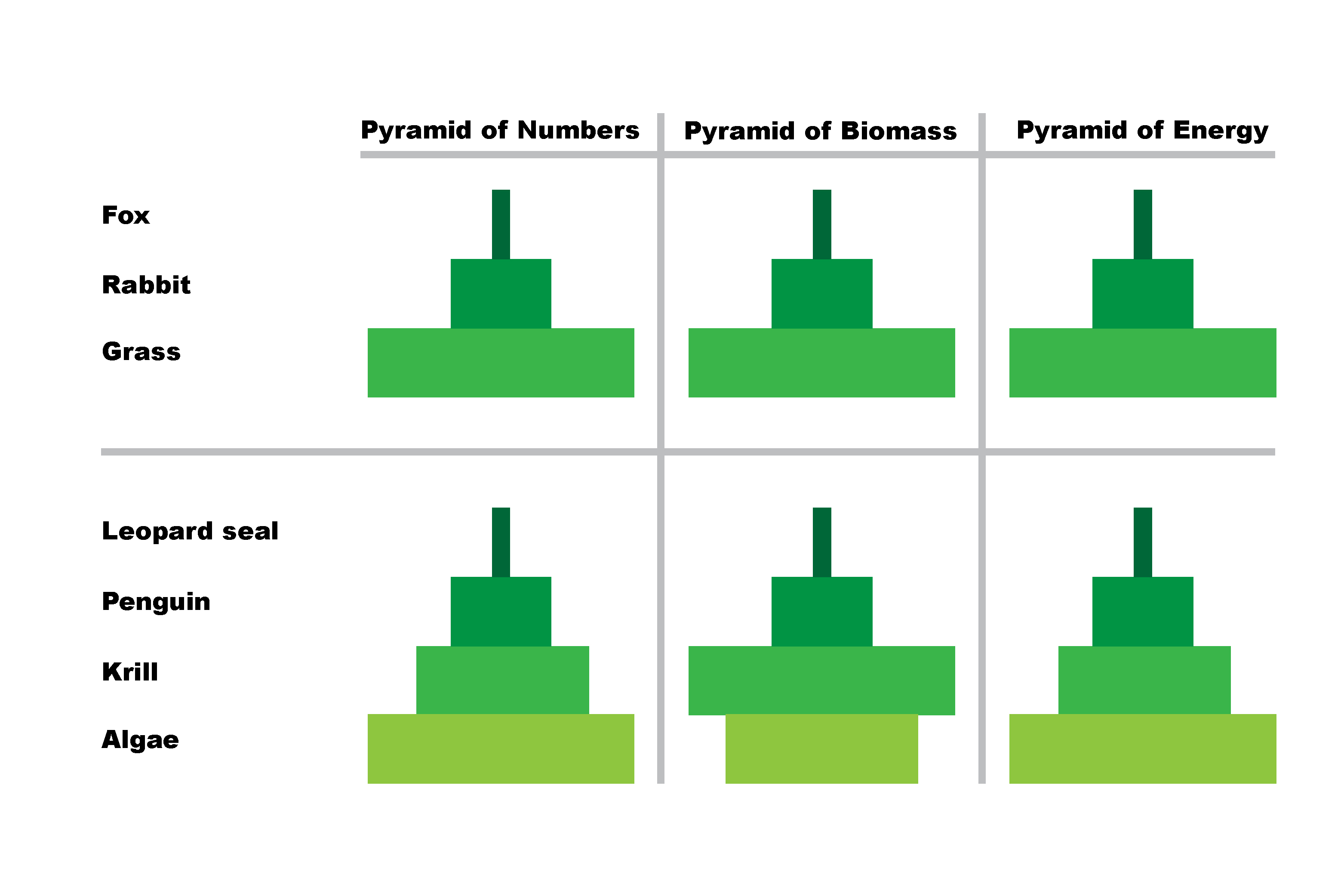
Examples

Humans have a global biomass of approximately 350 million tonnes (based on an average mass including children of 50kg and a population size of 7 billion).
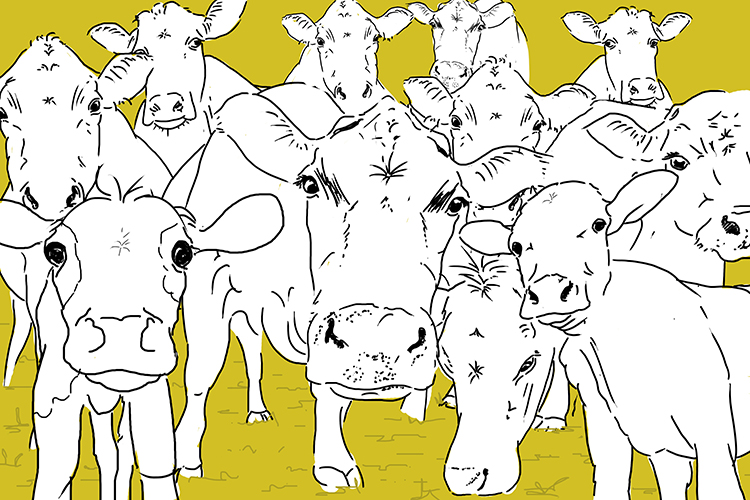
Cattle have a global biomass of approximately 520 million tonnes (based on an average population mass of 400kg and population size of 1.3 billion).
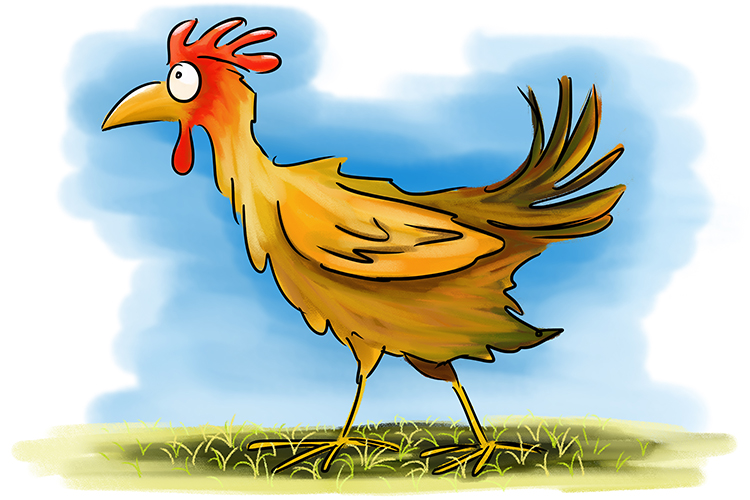
Chickens have global biomass of 48 million tonnes (based on an average mass of 2kg and a population size of 24 billion).
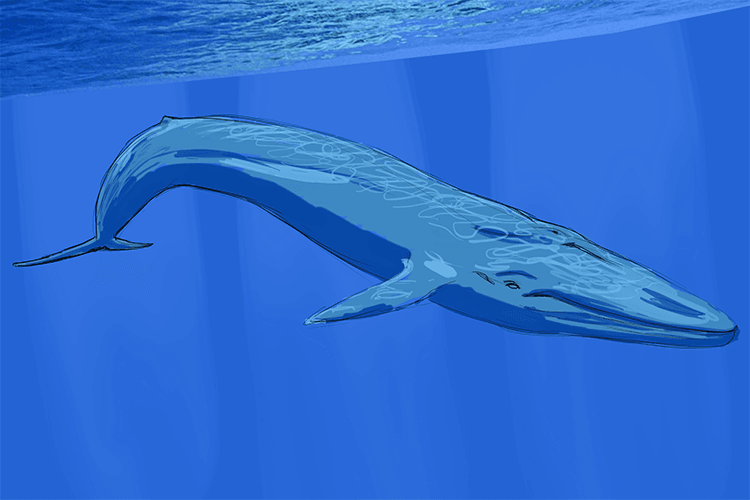
Blue whales have a global biomass of approximately 0.5 million tonnes (based on an average mass of 140,000kg and a population size of roughly 4700 individuals).
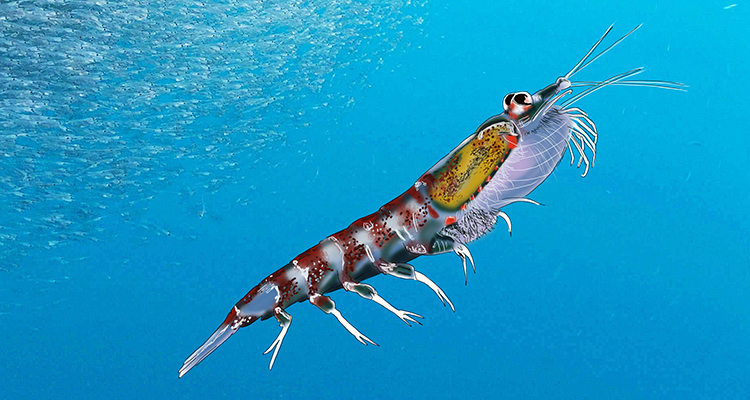
Antarctic krill have a global biomass of approximately 379 million tonnes (based on an average mass of 0.486g and a population size of 7.8 x 1014).
NOTE:
The above examples are of global biomass, but biomass can also be calculated for a species within a specific area, environment or habitat.




